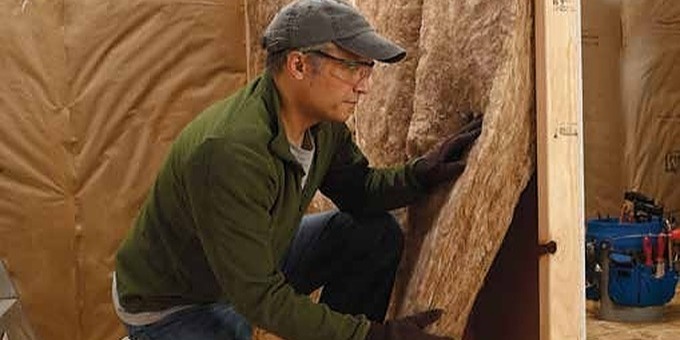
A Real-World Experience with Spray Polyurethane Foam
In 2010, Decker Homes explored the true performance difference between fiber glass and spray polyurethane foam (SPF) insulation in two similar homes. One used 100% SPF in the walls and attic, and the other used SPF only in the headers and joists and fiber glass everywhere else (R15 walls). When comparing the two homes' utility bills, there was a negligible difference in energy costs, notes Decker, who added that SPF was also considerably more expensive and time consuming.
"SPF was dramatically more costly to install and required more work before, during and after installation, adding a few days to construction time," Decker said.
Fiber glass requires virtually no downtime, compared to SPF and cellulose, which are applied wet and require at least 1-2 days to dry or cure before gypsum board installation can begin. In some cases, SPF takes as long as a week or more to completely dry out.
That's a significant time and cost issue, considering the average builder's jobsite operating cost per day is $291 (NAHB estimate), with some builders saying that figure can run up to $500. When every construction hour counts, choosing insulation options that maximize time and money savings is essential to improving profit.